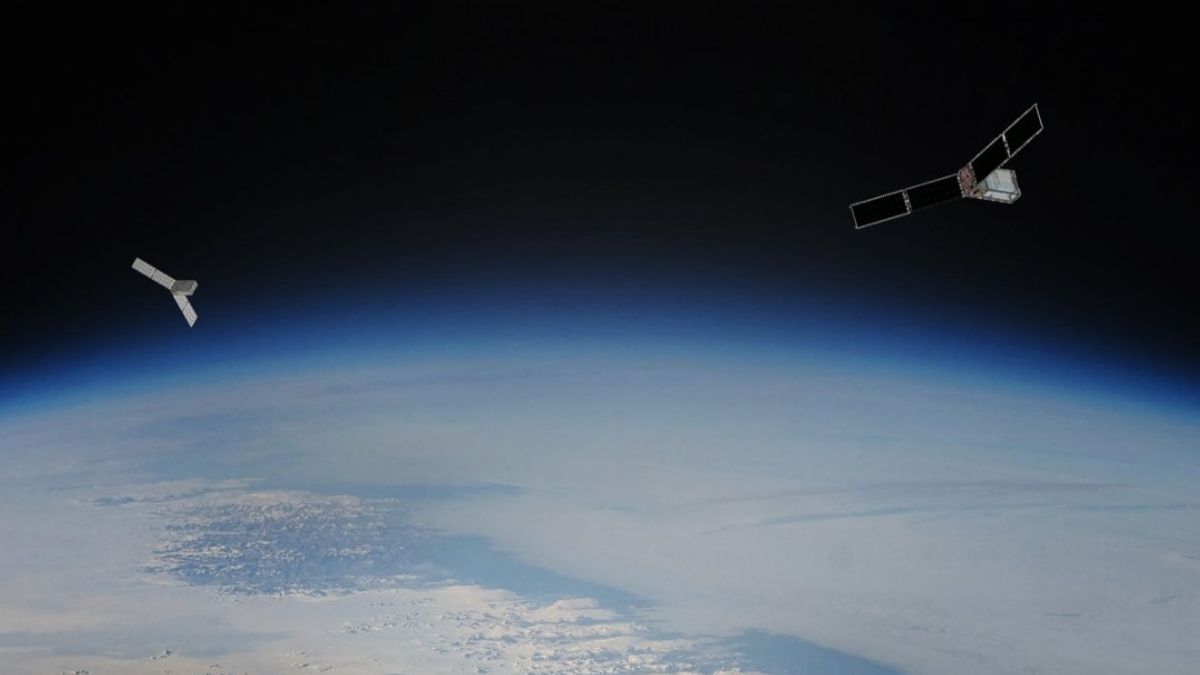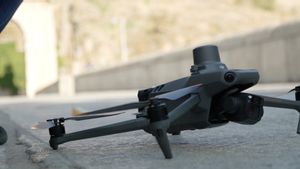NASA has launched a small cube CubeSat or satellite from the Polar Radiant Energy mission in the Far-InfraRed Experiment (PREFIRE). The shoebox-sized satellite was launched on May 25. Of the two satellites NASA has developed, the US state agency has only launched one of the satellites. About five hours after taking off using Rocket Lab's Electron rocket, the satellite has successfully connected with the operator on Earth. According to NASA's statement, the second CubeSat for the PREFIRE mission will be launched in the coming days. If later the two satellites are already in orbit, technicians and scientists will monitor CubeSat's performance for 30 days. Once confirmed to be working normally, the two satellites will operate for 10 months to measure the amount of heat ejected from two of the coldest and remote regions on Earth. The region is Arctic and Space. NASA's Director of Earth Science Karen St. Germain explains that the main goal of launching the PREFIRE mission is data acquisition to predict changes in the amount of ice, ocean, and weather caused by global warming. "This will improve predictions for the disappearance of sea ice, melting of ice sheets, and sea level rise, thus creating a better understanding of how our planetary system will change in the coming years," Germain said.
SEE ALSO:
In addition to seeking a deeper understanding of the impact of global warming, Germain said that PREFIRE will track weather and water changes. This one mission is very important for farmers and coastal communities. To support the course of the PREFIRE mission, both CubeSat will carry a thermal infrared spectrometer as an instrument. This tool that uses mirrors and sensors will make it easier for CubeSat to obtain data.
The English, Chinese, Japanese, Arabic, and French versions are automatically generated by the AI. So there may still be inaccuracies in translating, please always see Indonesian as our main language. (system supported by DigitalSiber.id)


















